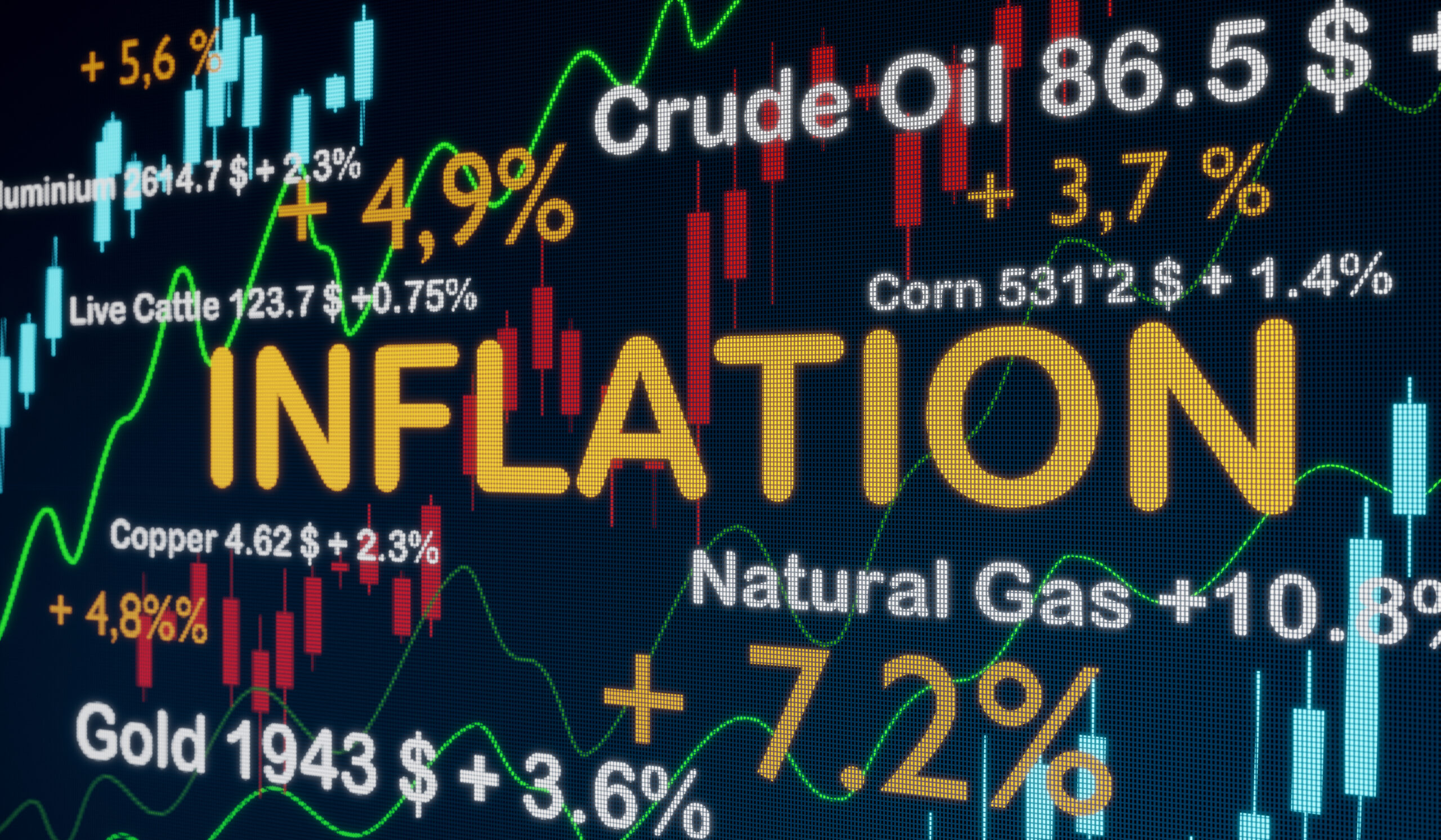Inflation: really on the retreat?

Also last week, the latest inflation figures were at the center of events on the financial markets. The further development of inflation figures will determine the extent to which central banks will continue to tighten the reins of monetary policy – and thus increase the risk of recession for the economy as a whole.
Like any time series, classical inflation values also suffer from lags. Certain prices change only with a lag, while other prices are even tied and are adjusted only in the context of general price adjustments. These lags do not pose a problem when it comes to observing systematic and longer-term price developments.
In the current environment, however, investors are primarily interested in the immediate development of inflation: is it really due to come back over the next few months? Is there some kind of a leading indicator for the development of inflation?
In fact, a so-called flexible inflation indicator can be used for this purpose: in contrast to the classic inflation rate, which comprises all goods in the defined basket of goods, a flexible indicator only considers those components of the basket of goods that are subject to “faster” price changes. Traditionally, these are goods of daily use – for example, gasoline and food.
Restricting the rate of change to this share of the basket of goods yields a rate of change that is much more sensitive and thus measures the actual change in the price level much more promptly – and thus represents a leading indicator for general inflation.

One example of such an indicator is the Atlanta Fed Flexible CPI. The development over the last few months clearly points downward. From a peak of just under 20% in March 2022, it has currently fallen to below 6.5%.
Using this indicator, we can confidently assume that inflation will decline significantly in the coming months – and that central banks may probably take their foot off the brake in the medium term.
